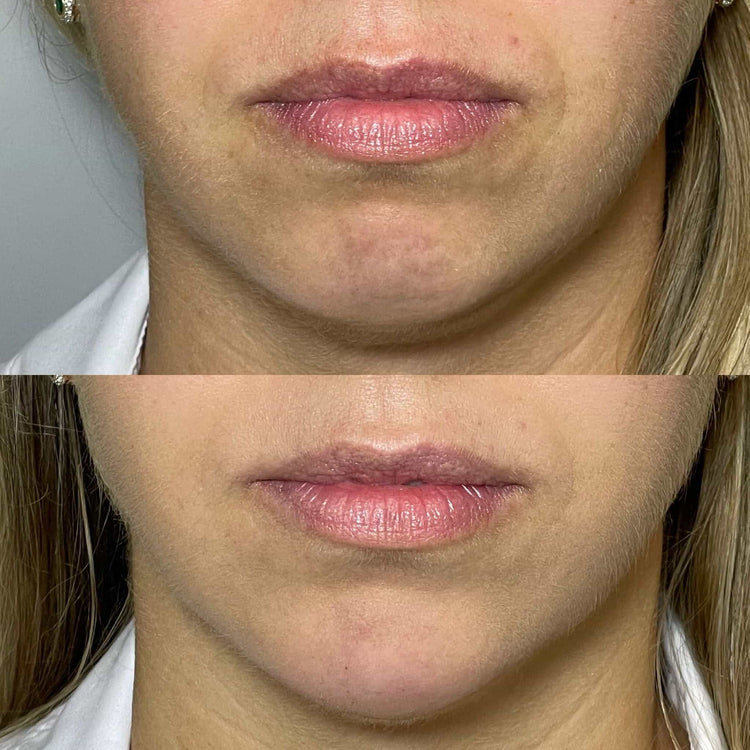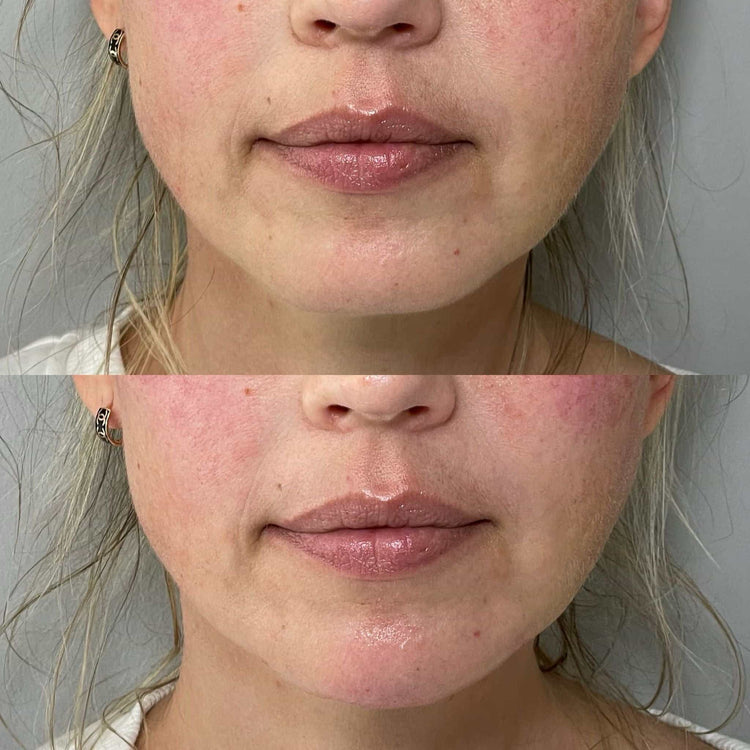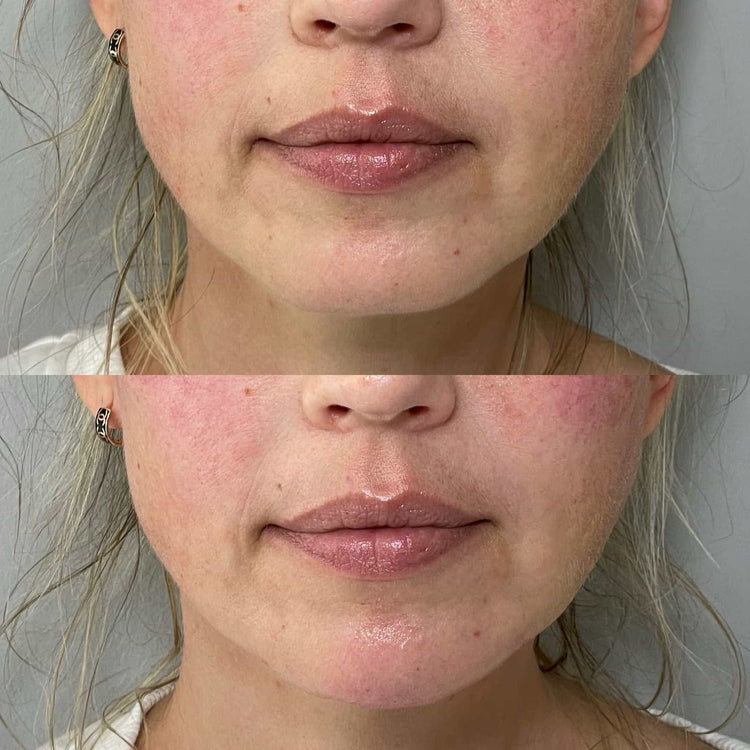Assessing the Individual
Assessing the individual patient and their unique characteristics is paramount in achieving successful outcomes, particularly in procedures like labiomental crease treatments.
Patient Consultation and Evaluation
A thorough patient consultation and evaluation are crucial for determining the optimal approach to avoid overfilled results. This involves a detailed discussion of the patient’s aesthetic goals, understanding their expectations realistically, and analyzing their facial anatomy, including skin elasticity, lip shape, and existing muscle structure.
Lip Anatomy and Facial Symmetry
Assessing the individual patient and their unique characteristics is paramount in achieving successful outcomes, particularly in procedures like labiomental crease treatments.
A thorough patient consultation and evaluation are crucial for determining the optimal approach to avoid overfilled results. This involves a detailed discussion of the patient’s aesthetic goals, understanding their expectations realistically, and analyzing their facial anatomy, including skin elasticity, lip shape, and existing muscle structure.
Lip anatomy and facial symmetry play a critical role in this assessment.
- Examining lip morphology, specifically the patient’s upper and lower lip vermilion border, the thickness of the lips, and any asymmetry in their size or shape, is essential.
- Assessing facial symmetry by evaluating features like the philtrum length, nasolabial folds, and overall midline alignment helps determine if adjustments need to be made for balanced results.
Treatment Planning
Treatment planning in labiomental crease treatments requires a meticulous approach that prioritizes individual patient characteristics.
Defining Desired Outcomes
Defining desired outcomes is a crucial step in treatment planning, particularly in procedures like labiomental crease treatments where subtle adjustments can dramatically impact the final result.
Patients often have varying ideas of what they want to achieve, ranging from subtle smoothing of the crease to a more pronounced enhancement of lip fullness.
A skilled practitioner will guide patients through a thorough discussion of their aesthetic goals, ensuring they understand the potential outcomes and realistic limitations based on their individual anatomy.
It is important to establish clear expectations and visual aids like before-and-after photos can be helpful in this process.
Ultimately, the treatment plan should be a collaborative effort between practitioner and patient, resulting in a shared understanding of the desired outcome and a realistic roadmap for achieving it.
Choosing Appropriate Fillers
Choosing the appropriate filler for labiomental crease treatments depends on several factors, including the patient’s individual needs and desired outcomes.
Hyaluronic acid-based fillers are commonly used due to their versatility and biocompatibility.
They provide a natural-looking augmentation and can be easily adjusted during injection.
The viscosity of the filler is crucial, as thicker gels are better suited for deeper structures like the labiomental crease, while thinner gels may be preferred for more superficial treatments.

A skilled practitioner will select a filler that achieves the desired aesthetic effect while minimizing the risk of overfilling.
Determining Correct Dosage
Determining the correct dosage is a crucial aspect of labiomental crease treatments to avoid overfilled results. It requires a careful assessment of several factors, including the patient’s individual anatomy and desired outcomes.
- Patient Anatomy: The thickness of the lips, skin elasticity, and existing muscle structure all play a role in determining the appropriate dosage. Patients with thinner lips or less elastic skin may require smaller amounts of filler to avoid overfilling.
- Desired Outcome: Patients’ goals vary, ranging from subtle smoothing of the crease to more pronounced lip fullness. The desired outcome will guide the practitioner in determining the optimal dosage.
- Filler Viscosity: As mentioned before, different filler viscosities are suitable for various depths and purposes. Thicker fillers are generally used for deeper structures like the labiomental crease, while thinner fillers might be preferred for superficial treatments.
A skilled practitioner will use their expertise to assess these factors and determine the precise dosage needed to achieve the desired result while minimizing the risk of overfilling.
Injection Technique

Injection technique plays a vital role in achieving natural-looking and harmonious results in labiomental crease treatments. Understanding patient anatomy, filler properties, and injection depths is crucial for optimizing outcomes and avoiding overfilled appearances.
Subtle Placement and Spreading
Injection technique is crucial for successful labiomental crease treatments, as it directly impacts the final aesthetic outcome. The practitioner’s skill in injecting the filler at precise locations and depths is paramount to avoid overfilling.
Subtle placement is key to achieving a natural look. Injecting smaller amounts of filler strategically along the crease line rather than concentrating it in one area helps create a smoother transition and avoids a “overfilled” appearance.
Spreading the filler evenly along the entire length of the crease also contributes to a more natural result. This ensures that the enhancement is balanced and subtle, preventing any noticeable lumps or irregularities.
Avoiding Excessive Product Accumulation

Injection technique is crucial for successful labiomental crease treatments, as it directly impacts the final aesthetic outcome. The practitioner’s skill in injecting the filler at precise locations and depths is paramount to avoid overfilling.
Subtle placement is key to achieving a natural look. Injecting smaller amounts of filler strategically along the crease line rather than concentrating it in one area helps create a smoother transition and avoids a “overfilled” appearance.
Spreading the filler evenly along the entire length of the crease also contributes to a more natural result. This ensures that the enhancement is balanced and subtle, preventing any noticeable lumps or irregularities.
Monitoring the patient’s response during the procedure allows for adjustments to be made in real-time, ensuring that the desired outcome is achieved without overfilling.
Post-treatment instructions are essential for achieving optimal results and minimizing the risk of complications. Patients should be advised on how to care for the treated area, including avoiding certain activities like strenuous exercise or massage, and instructed to return for follow-up appointments as needed.
By following these guidelines, practitioners can help patients achieve natural-looking, aesthetically pleasing results while minimizing the risk of overfilling in labiomental crease treatments.
Post-Treatment Care
Post-treatment care plays a vital role in ensuring successful outcomes and maximizing patient satisfaction after labiomental crease treatments.
Ice Application and Elevation
Adhering to post-treatment instructions is crucial for optimizing results and minimizing potential complications. Patients should be advised on proper wound care, including gentle cleansing and avoiding the use of harsh soaps or scrubs.
Protecting the treated area from direct sunlight is also important to prevent hyperpigmentation. Ice application can help reduce swelling and discomfort in the immediate post-treatment period. Applying ice packs for 15-20 minutes at a time, with breaks in between, can minimize inflammation and promote healing.
Elevation of the head while sleeping can also help reduce swelling and improve circulation in the treated area.
Massaging for Even Distribution
Post-treatment care plays a vital role in ensuring successful outcomes and maximizing patient satisfaction after labiomental crease treatments.
Adhering to post-treatment instructions is crucial for optimizing results and minimizing potential complications. Patients should be advised on proper wound care, including gentle cleansing and avoiding the use of harsh soaps or scrubs.
Protecting the treated area from direct sunlight is also important to prevent hyperpigmentation. Ice application can help reduce swelling and discomfort in the immediate post-treatment period. Applying ice packs for 15-20 minutes at a time, with breaks in between, can minimize inflammation and promote healing.
Elevation of the head while sleeping can also help reduce swelling and improve circulation in the treated area.
Massaging for Even Distribution
- Gentle massage can be beneficial after a few days when initial swelling has subsided. This helps to evenly distribute the filler, minimizing any potential lumps or irregularities.
Follow-up Appointments for Adjustments
Assessing the individual patient and their unique characteristics is paramount in achieving successful outcomes, particularly in procedures like labiomental crease treatments.
A thorough patient consultation and evaluation are crucial for determining the optimal approach to avoid overfilled results. This involves a detailed discussion of the patient’s aesthetic goals, understanding their expectations realistically, and analyzing their facial anatomy, including skin elasticity, lip shape, and existing muscle structure.
Lip anatomy and facial symmetry play a critical role in this assessment.
- Examining lip morphology, specifically the patient’s upper and lower lip vermilion border, the thickness of the lips, and any asymmetry in their size or shape, is essential.
- Assessing facial symmetry by evaluating features like the philtrum length, nasolabial folds, and overall midline alignment helps determine if adjustments need to be made for balanced results.
Treatment planning in labiomental crease treatments requires a meticulous approach that prioritizes individual patient characteristics.
Defining desired outcomes is a crucial step in treatment planning, particularly in procedures like labiomental crease treatments where subtle adjustments can dramatically impact the final result.
Patients often have varying ideas of what they want to achieve, ranging from subtle smoothing of the crease to a more pronounced enhancement of lip fullness. A skilled practitioner will guide patients through a thorough discussion of their aesthetic goals, ensuring they understand the potential outcomes and realistic limitations based on their individual anatomy. It is important to establish clear expectations and visual aids like before-and-after photos can be helpful in this process. Ultimately, the treatment plan should be a collaborative effort between practitioner and patient, resulting in a shared understanding of the desired outcome and a realistic roadmap for achieving it.
Choosing the appropriate filler for labiomental crease treatments depends on several factors, including the patient’s individual needs and desired outcomes. Hyaluronic acid-based fillers are commonly used due to their versatility and biocompatibility. They provide a natural-looking augmentation and can be easily adjusted during injection. The viscosity of the filler is crucial, as thicker gels are better suited for deeper structures like the labiomental crease, while thinner gels may be preferred for more superficial treatments. A skilled practitioner will select a filler that achieves the desired aesthetic effect while minimizing the risk of overfilling.
Determining the correct dosage is a crucial aspect of labiomental crease treatments to avoid overfilled results. It requires a careful assessment of several factors, including the patient’s individual anatomy and desired outcomes.
- Patient Anatomy: The thickness of the lips, skin elasticity, and existing muscle structure all play a role in determining the appropriate dosage. Patients with thinner lips or less elastic skin may require smaller amounts of filler to avoid overfilling.
- Desired Outcome: Patients’ goals vary, ranging from subtle smoothing of the crease to more pronounced lip fullness. The desired outcome will guide the practitioner in determining the optimal dosage.
- Filler Viscosity: As mentioned before, different filler viscosities are suitable for various depths and purposes. Thicker fillers are generally used for deeper structures like the labiomental crease, while thinner fillers might be preferred for superficial treatments.
A skilled practitioner will use their expertise to assess these factors and determine the precise dosage needed to achieve the desired result while minimizing the risk of overfilling.
Injection technique plays a vital role in achieving natural-looking and harmonious results in labiomental crease treatments. Understanding patient anatomy, filler properties, and injection depths is crucial for optimizing outcomes and avoiding overfilled appearances.
Injection technique is crucial for successful labiomental crease treatments, as it directly impacts the final aesthetic outcome. The practitioner’s skill in injecting the filler at precise locations and depths is paramount to avoid overfilling.
Subtle placement is key to achieving a natural look. Injecting smaller amounts of filler strategically along the crease line rather than concentrating it in one area helps create a smoother transition and avoids a “overfilled” appearance.
Spreading the filler evenly along the entire length of the crease also contributes to a more natural result. This ensures that the enhancement is balanced and subtle, preventing any noticeable lumps or irregularities.
Injection technique is crucial for successful labiomental crease treatments, as it directly impacts the final aesthetic outcome. The practitioner’s skill in injecting the filler at precise locations and depths is paramount to avoid overfilling.
Subtle placement is key to achieving a natural look. Injecting smaller amounts of filler strategically along the crease line rather than concentrating it in one area helps create a smoother transition and avoids a “overfilled” appearance.
Spreading the filler evenly along the entire length of the crease also contributes to a more natural result. This ensures that the enhancement is balanced and subtle, preventing any noticeable lumps or irregularities.
Monitoring the patient’s response during the procedure allows for adjustments to be made in real-time, ensuring that the desired outcome is achieved without overfilling.
Post-treatment instructions are essential for achieving optimal results and minimizing the risk of complications. Patients should be advised on how to care for the treated area, including avoiding certain activities like strenuous exercise or massage, and instructed to return for follow-up appointments as needed.
By following these guidelines, practitioners can help patients achieve natural-looking, aesthetically pleasing results while minimizing the risk of overfilling in labiomental crease treatments.
Post-treatment care plays a vital role in ensuring successful outcomes and maximizing patient satisfaction after labiomental crease treatments.
Adhering to post-treatment instructions is crucial for optimizing results and minimizing potential complications. Patients should be advised on proper wound care, including gentle cleansing and avoiding the use of harsh soaps or scrubs.
Protecting the treated area from direct sunlight is also important to prevent hyperpigmentation. Ice application can help reduce swelling and discomfort in the immediate post-treatment period. Applying ice packs for 15-20 minutes at a time, with breaks in between, can minimize inflammation and promote healing.
Elevation of the head while sleeping can also help reduce swelling and improve circulation in the treated area.
Post-treatment care plays a vital role in ensuring successful outcomes and maximizing patient satisfaction after labiomental crease treatments.
Adhering to post-treatment instructions is crucial for optimizing results and minimizing potential complications. Patients should be advised on proper wound care, including gentle cleansing and avoiding the use of harsh soaps or scrubs.
Protecting the treated area from direct sunlight is also important to prevent hyperpigmentation. Ice application can help reduce swelling and discomfort in the immediate post-treatment period. Applying ice packs for 15-20 minutes at a time, with breaks in between, can minimize inflammation and promote healing.
Elevation of the head while sleeping can also help reduce swelling and improve circulation in the treated area.
Massaging for Even Distribution
- Gentle massage can be beneficial after a few days when initial swelling has subsided. This helps to evenly distribute the filler, minimizing any potential lumps or irregularities.
- Is A Dimpled Chin Treatment Right For You In London - October 2, 2025
- How To Incorporate Kratom Gummies Into Your Routine - October 2, 2025
- How To Use The Nu-Derm Skin System Effectively In Surrey - September 30, 2025
